Poor man's panorama
A panorama is a wide-angle view that's generally beyond the typical size available on a camera. Many people discovered the format by shooting with their smartphones which has the ability to stich together images as the user pans horizontally over a scene.

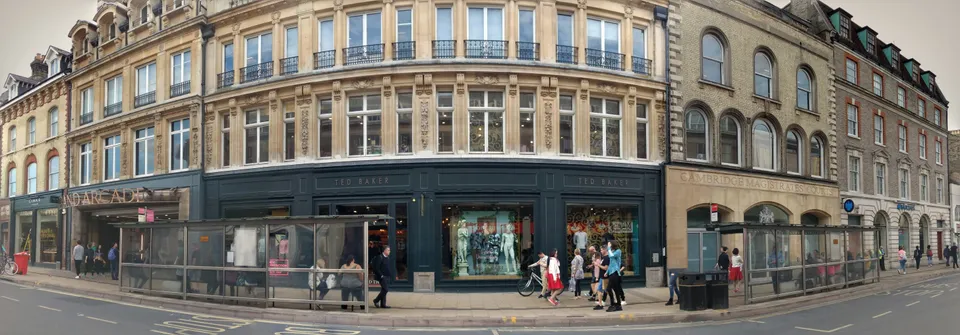
The format existed since the 19th century by stitching together images captured separately like what I did before on the AGAT 18K and Optima 1535.
Lenses for 135 format full frame cameras generally produce images covering little more than the size of an actual 135 Frame (24mm x 36mm), and panoramic camera didn't really hit mainstream amongst the more conventional configuration. This doesn't mean people didn't try—say the Nikon 600AF has a mask that extends to cover part of a regular frame so the image size becomes 16mm x 36mm (nearly 21:9), aka wasting film because the crop could have been done in post-processing instead of leaving 8mm x 36mm of the image as chunks of black.
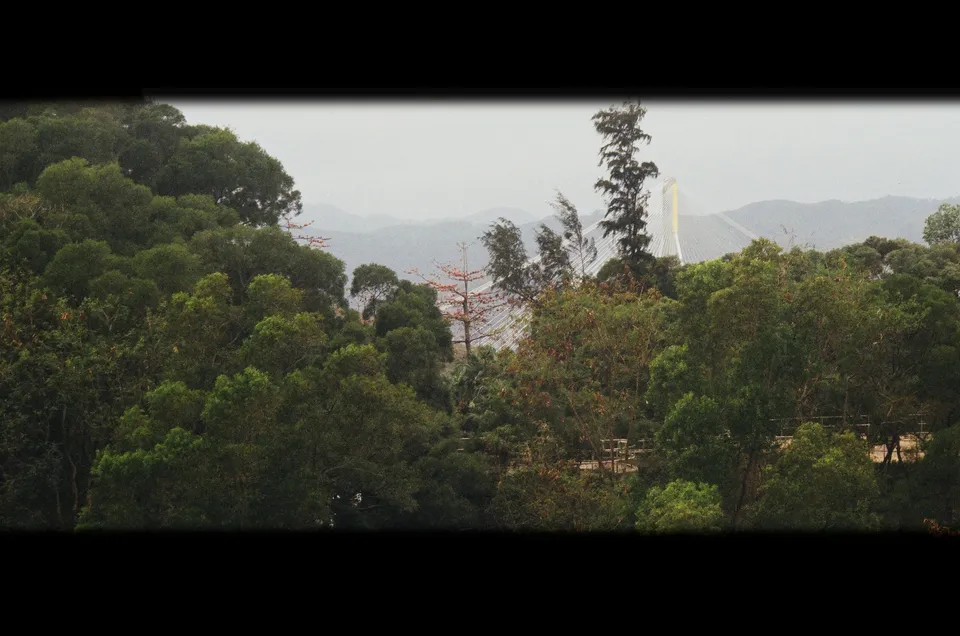
Aside from the wasteful way of panorama via a film mask, people have also made actual panorama cameras that bypass the image circle size limitation by either coming with special lenses that produce a wider image: Hasselblad XPan, Holga 135 Pan, and some simple pin hole cameras; or ingeniously using a revolving lens compartment (swing lens) that produces thin vertical slides of images that combine into a panoramic output: the KMZ Horizont.
They work differently and the swing lens approach produces distorted image not unlike the one taken on smartphone, while a lens with larger image circle has no such distortion.
Well, these specialized cameras are too expensive (especially the XPan, see for yourself on online auction sites) and serves too niche a purpose. For the poor man like me, the alternative is to use 135 film on cameras covering a wider format such as a medium format or even large format camera.
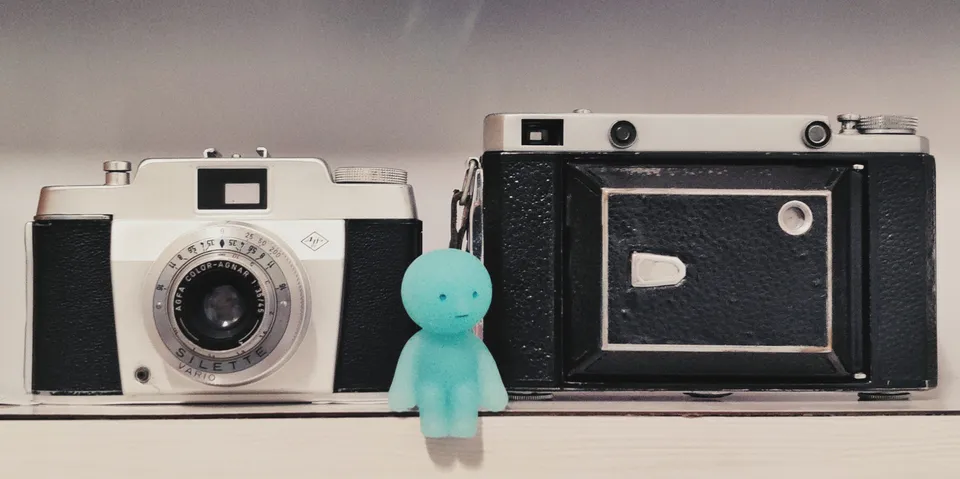
The film chamber of a medium format camera is able to hold a 135 film cannister using an adapter. Medium format cameras that shoots 6×6 or larger has a big enough image circle to cover a long strip of 135 film, producing a panoramic image. To get the widest image out of typical medium format cameras a 6×9 camera should be used (ignoring the beast called Fuji GX617).
While I will not discuss here, there also exists a kind of special lens called anamorphic lens that's able to produce a panoramic image on a frame/CMOS of a smaller format. I am too poor to afford one.
Attempt 1: Moskva-5
Moskva-5 is a 6 x 9 medium format that can produce a 9cm wide image. By using a pair of 120-135 adapter I was able to run 135 film through the camera to produce some 35mm x 90mm images, that is a real "full-frame" because the gaps between the sprocket holes are also light sensitive on most films.
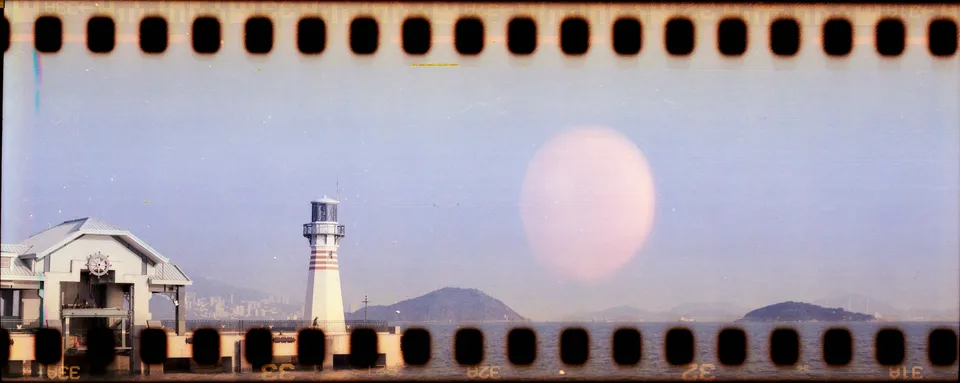
Unlike medium format films that come with a paper backing that shields the film from the light coming through the red window at the back, there is no frame count markers and paper back in 135 film. Therefore, the red window has to remain shut throughout the whole shoot and film advance is done by counting the turn on the windup knob. In the case of Moskva-5, it's about 5.5 turns if I remember it correctly. If you are unsure, you can cut a strip of 35mm-tall paper to simulate winding with the back open to count the turns it take to advance by a frame (around 90.2mm).
For cameras having red windows, it is likely that light leaks through the gaps around the window even thought it's been tightly shut, so be sure to tape it up to prevent light leak.
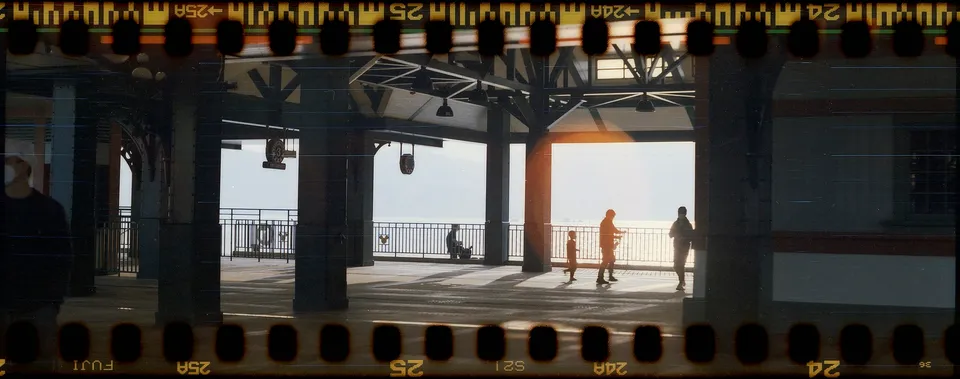
There are two kinds of take up spools you can use to wind up the 135 film: by taping the film to a standard midum format spool or by taking the film lead to another 135 cannister with another pair of adapters.
The first time when I tried shoot on the Moskva-5, I taped the film lead to another cannister and went out shooting. None of the images shot during the shoot remained because the tape didn't hold and I only realized that after tiring the shutter and winding it up 20 times. An 135 cannister cannot hold that long a strip so I realized something went wrong. The camera didn't advance beyond the first frame.
Later, I taped the film lead firmly to a 120 Film spool and double checked that the tape holds under tension. This time, the shoot went well. I was able to capture 11 images with one slide going completely black - maybe I advanced the film twice without realizing it.
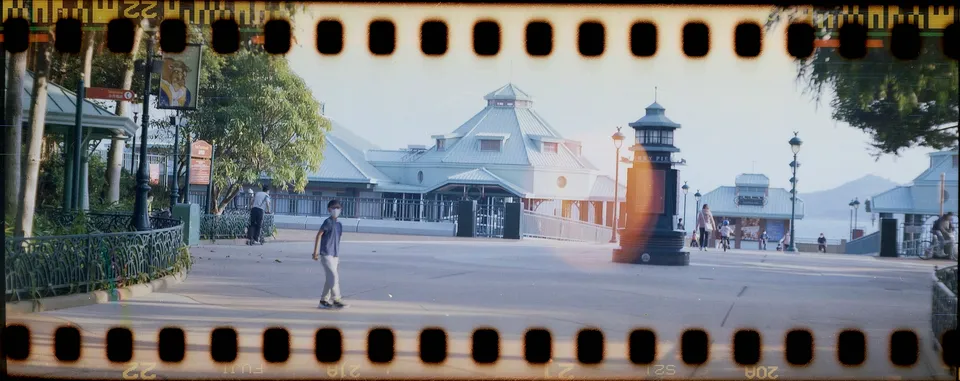
In my later attempt using a film holder back with automatic film counting, I was able to obtain more images, 15 perhaps if I am conscious not to over wind some of the frames. Note that if a fake 120 format paper lead is not used, the first chunk of the 135 film will be wasted.
I used a roll of second hand film that I bought online and apparently someone has already shot half the roll, resulting in some unrecoverable double exposures.

Note to self—if a roll comes in with the film lead retracted, it's probably been exposed already. Develop it and expect surprise.
My lab seems new to this kind of format that they claimed unable to scan this at first but was able to scan using a scanner for medium format film. However, scanning with the sprocket holes entails extra cost which I am unwilling to pay—more on that later.
Attempt 2: Mamiya Press super 23
Equipped with the experience of the first 2 shoots, I attempted again to shoot panorama on medium format camera after I've acquired a Mamiya Press Super 23.
To summarize issues I encountered on Moskva-5:
- film wastage when loading under light
- film lead not firmly taped
- wasted film to overwinding
- light leak through the red window
This time, I followed PeppyBerryman's video on loading the film with a piece of fake 120 paper backing lead to avoid exposing any actual film while loading. To get the dimension right, I studied the international standard ISO 732:2000 of 120 film . Then I taped the paper lead tightly to the film lead.
The Mamiya Roll Film backs (except Type K) are more advanced than Moskva-5 as they do automatic film counting and have film advance lock to prevent overwinding. There's no red window for light to leak through, and by remembering each 6×9 frame takes 2 strokes to wind, the issues with light leak and film wastage on Moskva-5 are avoided. Actually, the 6x9 film holder takes slightly less than 2 strokes, so I could have done 15~16 frames instead of 13 on a roll of 135 film.
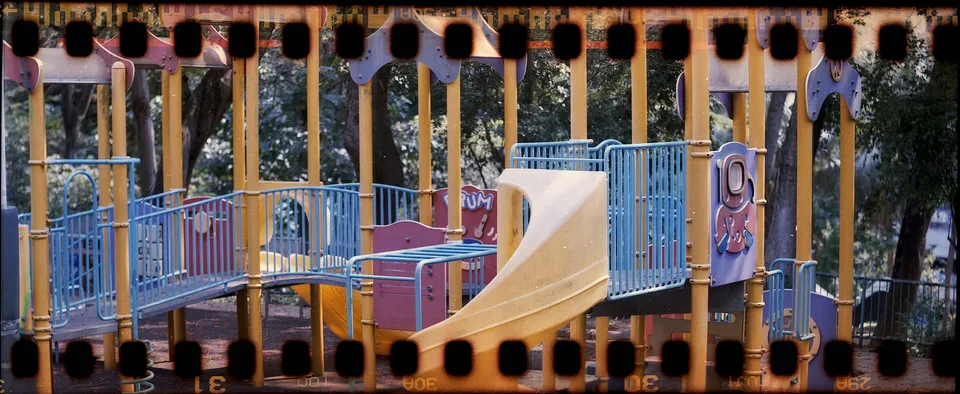
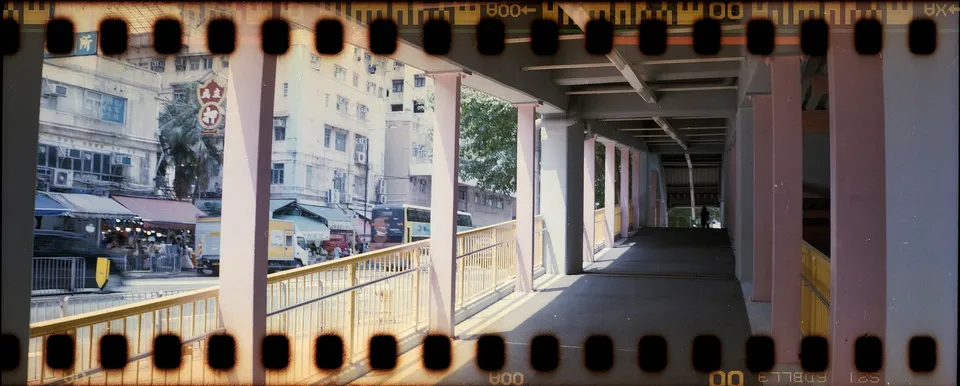
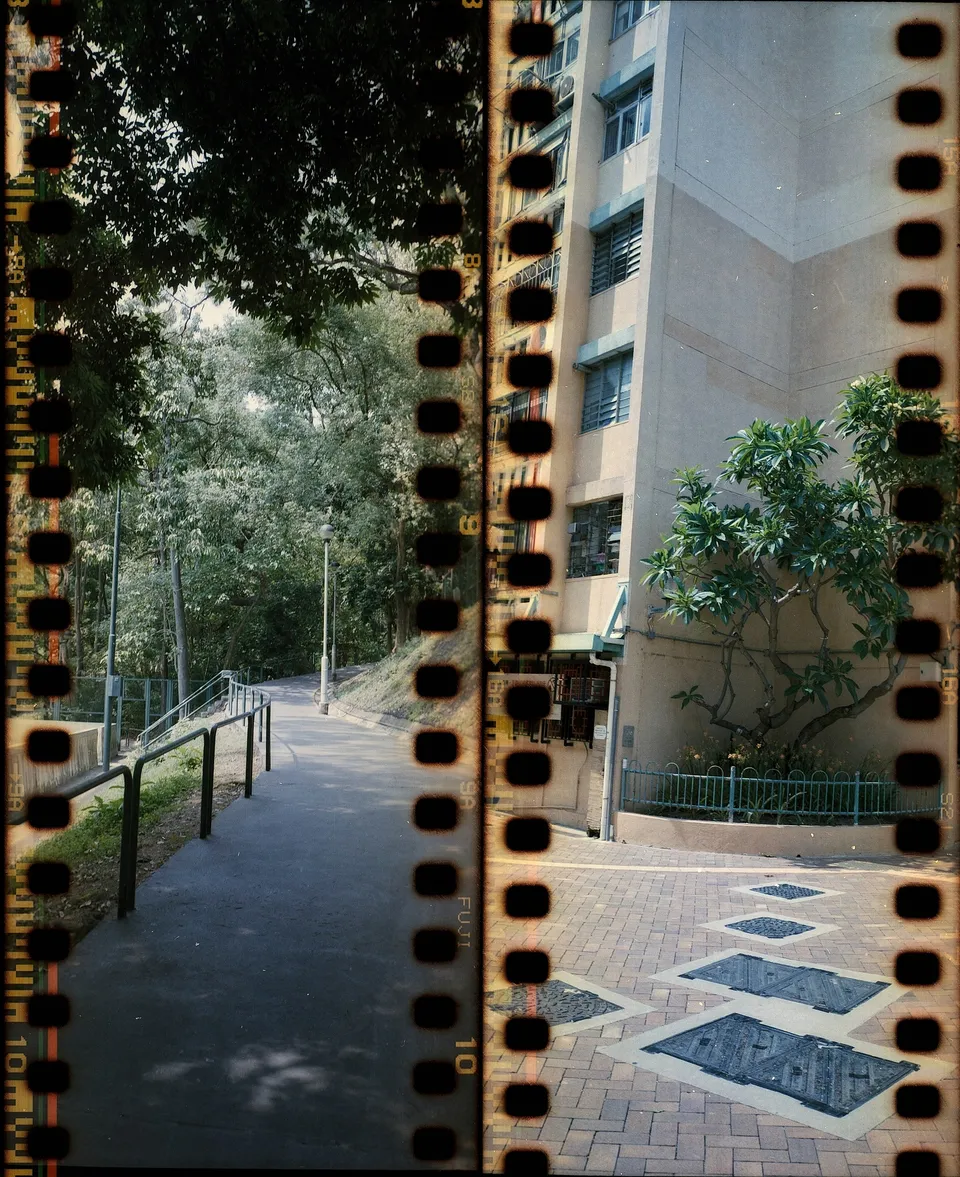
As mentioned above, scanning the film at lab with the sprocket holes comes at a cost. Unwilling to pay the cost, I dug up my old CanoScan 9000F bought 2 years ago, and bought the professional film scanning software SilverFast to scan it myself.
Whether to keep the film borders is a personal preference. Unfortunately, with or without the film border there's still limited image area compared to a frame of cropped 6x9 image. Given the film choice and price of film available, for someone poor and enjoy operating a medium format camera, it's still reasonable to shoot 135 film on medium format camera.
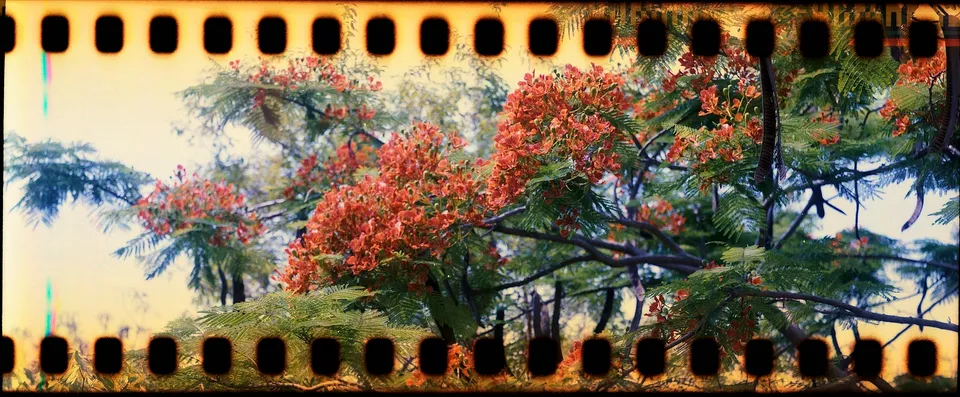

The result from Mamiya Press ended up way better than that of Moskva-5. The Mamiya Press system also features a wide range of lenses ranging from the wide angle 50mm to the impractical tele 250mm. For the price of an overpriced X-Pan one can easily collect several sets of Mamiya Press in mint condition. You just need a large bag and reasonably strong arms to carry a 2kg Mamiya Press around.
For the next set of panoramas I plan to shoot with some non-expired films on the 6x7 film holder, apparently many people online are shooting that format with satisfying results.
To my fellow photography enthusiasts
For a poor man, the Mamiya Press is a underpriced system that one can cheaply picked up, especially those in suboptimal conditions. The Japanese don't care too much about cleaning them before selling and the slow speeds are almost always sticky without a CLA.
And I'd say the takeaway here is instead of chasing the "perfect" camera for the task, or whatever gear blessed by the influencers on YouTube/Instagram, the best camera to a poor man is whatever already in their possession. Hell, you can even just crop a 6x9 or stitch together some frames for panorama, 19th century style.
However, when shooting panoramas using medium format cameras, be aware of the issues of light leaking through the red window, tape not holding the film lead firmly enough, overwinding, film wastage due to not using paper lead, and lab may charge extra to scan long form image with/without sprocket holes.
And ugh……
And ugh, know that Insta360 One X2 exists.
